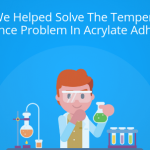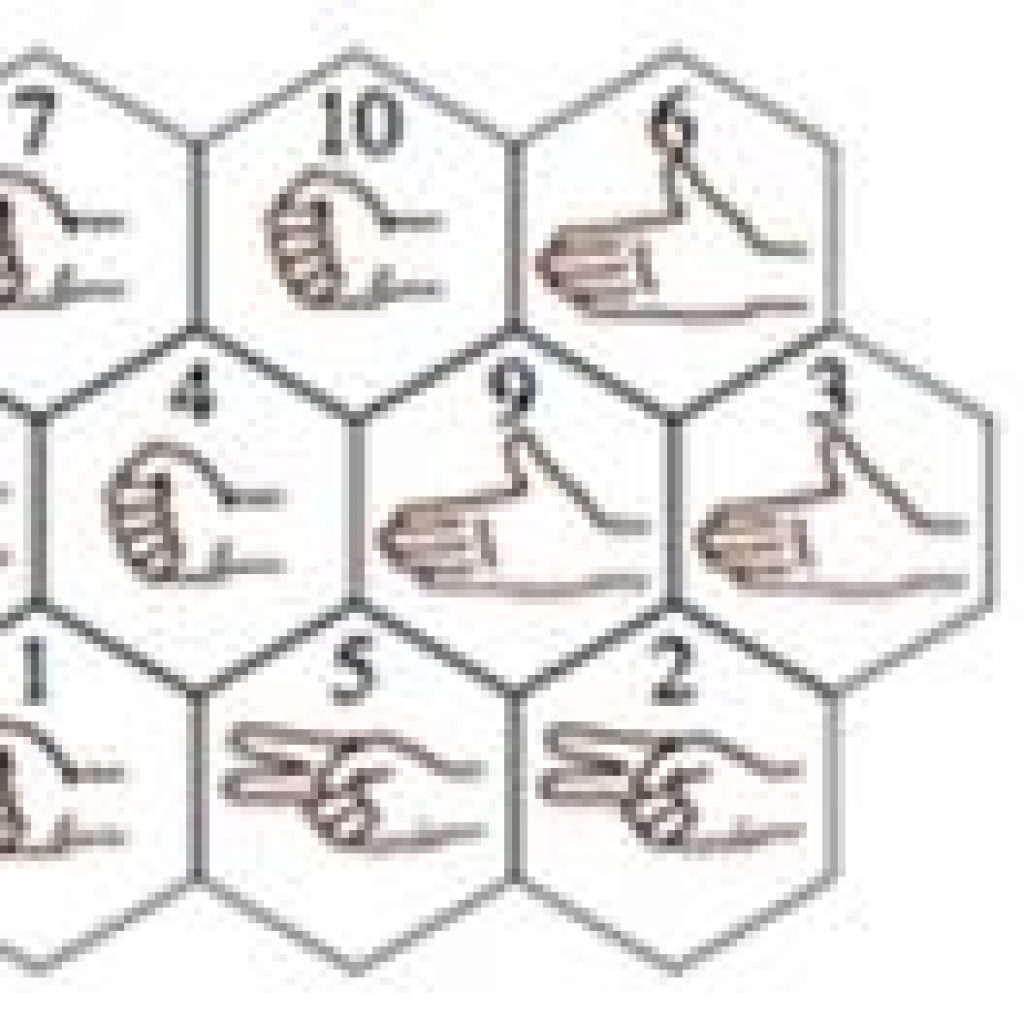Last week, in a call with Mr. Chang – research executive at the R&D of a huge chemical firm in China, we gave away the credentials of a magical wand we had. And Northstar got a chance to win the hearts of Mr. Chang and many researchers working under him.
The wand was used for acrylate adhesives, a Pressure-sensitive adhesive (PSA): an adhesive that forms a bond when pressure is applied to marry the adhesive with the adherend.
Problems Chang had:
As compared to other adhesives in terms of durability, resistance to aging, temperature flexibility, etc. acrylate adhesives owned the industry but bad temperature resistance, slowly, ruined the entire charm they had.
Solutions NorthStar has:
Northstar began the task of finding all the available research done in the domain, collated all the results and finally gave Chang and the team three, below mentioned, solutions:
Solution 1: Leveraging Benzoxazine:
According to a patent, Northstar got its hands on, the problem can be curbed by introducing a composition of benzoxazine (1-65%) and the reactive Glycidyl Methacrylate (GMA) (35-99%) having a glass transition temperature Tg of −35° C. to 32° C. and having a reactive functional group which can react with benzoxazine to form an interpenetrating polymer network.
Solution 2: Introducing mixture of different monomer groups:
By introducing a mixture of the different functional group-containing monomers in a specific ration, the problem can be curbed.
The monomers are acrylic esters of the formula CR3 2═C(R2)(COOR1) (5 to 100 wt %), where R1 is a branched alkyl group having – 16 to 22 C atoms and has at least two branching locations, R2 is selected from H, methyl or halogen, and R3 independently at each occurrence is selected from H or halogen,
- Acrylic esters of the formula CR3 2═C(R2)(COOR1) (5 to 100 wt %), where R1 is a branched alkyl group having 16 to 22 C atoms and has at least two branching locations, R2 is selected from H, methyl or halogen, and R3 independently at each occurrence is selected from H or halogen
- Acrylic esters of the formula CR6 2═C(R5)(COOR4) (0 to 95 wt %), where R4 is a linear, singly branched, cyclic or polycyclic alkyl group having 1 to 14 C atoms, R5 is selected from H, methyl or halogen, and R6 independently at each occurrence is selected from H or halogen
- Other monomers having OH, COOH, epoxy, etc. functional groups (each 0 to 5 wt %)
Solution 3: Using a particular Substrate:
Taking the substrate or backing material polyethylene (PE) resins or polypropylene (PP) resins. More specifically, if the substrate has a composition comprising 50% by weight or more PP resin, that is specifically good for heat-resistance. Additionally, this solution also discusses a combination of two monomers to be used with the substrate –
- an alkyl (meth)acrylate (50 to 99.9% by weight) with formula – CH2═C(R1)COOR2 (R1 is H atom or CH3, and R2 is an alkyl group with 1 to 20 carbon atoms)
- A carboxyl group-containing monomer (0.1 to 5% by weight)
Researchers in R&D spend a lot of time studying research papers but search within patents does not yield similar output as we get in journals. Therefore, in the majority of the cases, search within patents is not fully explored. Therefore, we found, and recommend, that if a researcher combines his journal research with an expert patent landscape tool; many new solutions can be identified.
BTW, if you are researching in PSA domain and looking for solutions to problems like, but not limited to, those mentioned below, then do reach out to Northstar.
- How to increase the thermal stability or operating temperature range of PSA?
- How to increase the tackiness?
- How to increase the range of materials to which the PSA can stick to (surface energy problem)?
- How to increase solvent/UV/Ozone resistance in PSA?









